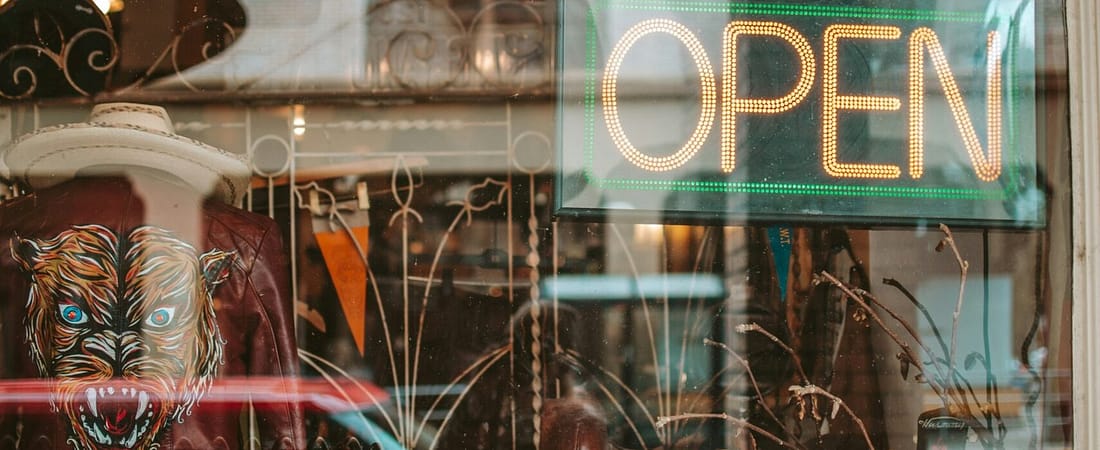What if that dusty $5 chair at your local thrift store could become a $150 statement piece with just a few hours of work? Or that outdated jacket could transform into a trendy garment that sells for ten times its original price? Welcome to the world of thrift store flipping—where one person’s discarded items become another’s creative goldmine.
In 2025, thrift store flipping has evolved from a frugal hobby into a legitimate side hustle that aligns perfectly with growing sustainability trends. With minimal startup costs and the potential for impressive returns, it’s no wonder more people are turning their weekend thrifting adventures into profitable micro-businesses.
Seasonal Strategies for Maximum Profits
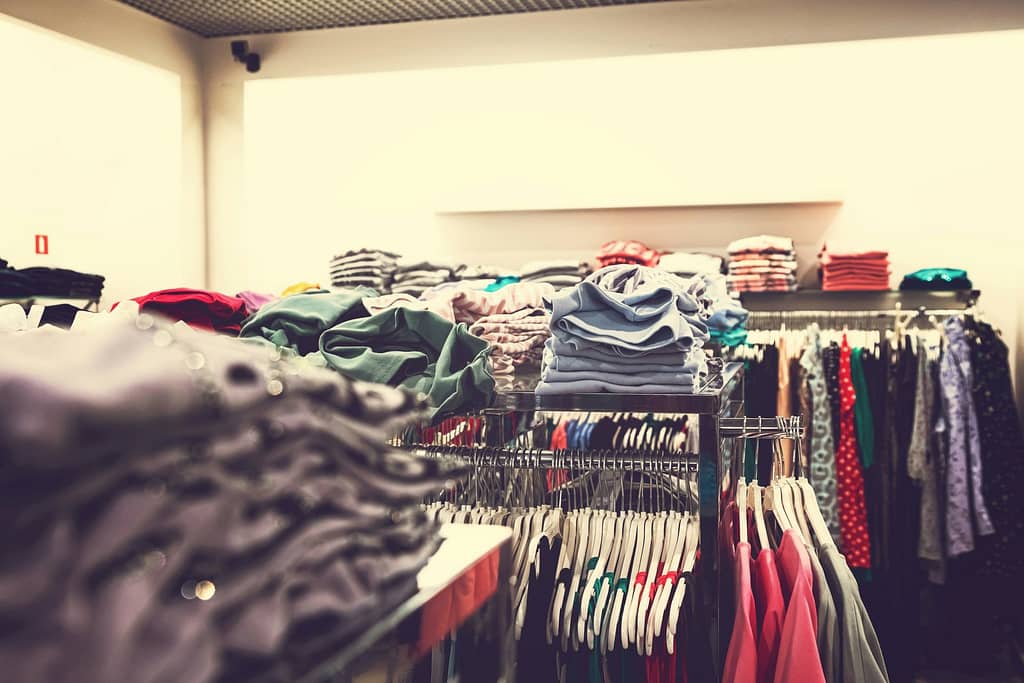
Timing is everything in thrift store flipping. Understanding seasonal trends can dramatically increase your profit margins by allowing you to buy off-season and sell when demand peaks.
| Best Time to Buy | What to Look For | Best Time to Sell | Potential Markup |
| January | Holiday decorations, winter sports equipment | October-December | 200-300% |
| Spring | Winter coats, boots, sweaters | September-November | 150-200% |
| Summer | School supplies, office furniture | August-September | 100-150% |
| Fall | Summer clothing, outdoor furniture | April-June | 150-250% |
Pro tip: Many thrift stores offer special discount days (often color-coded tags) that can reduce prices by 50% or more. Combining these discounts with seasonal buying strategies can significantly boost your profit margins.
Transformation Techniques That Sell
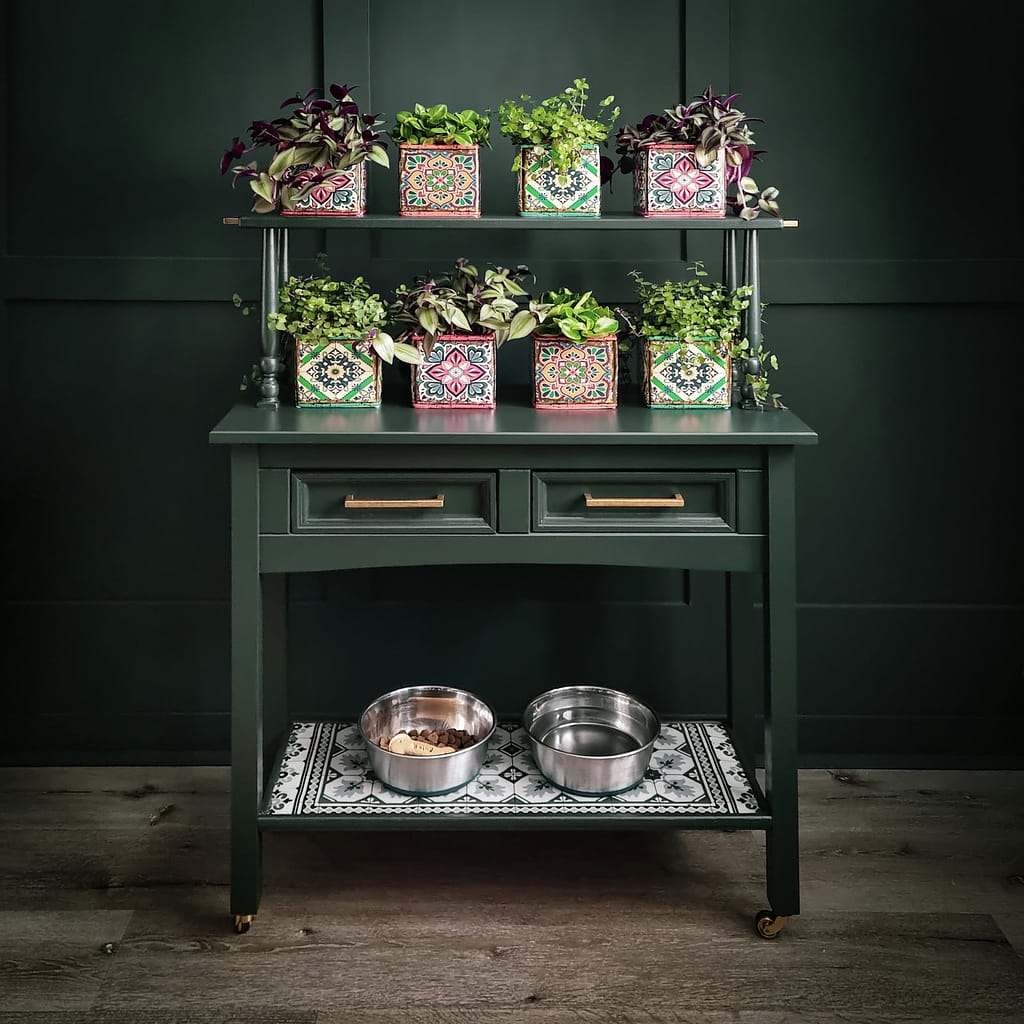
The real magic of thrift store flipping happens during the transformation process. With the right techniques and tools, you can dramatically increase an item’s value while expressing your creative vision.
Furniture Makeovers: From Drab to Fab
Furniture offers some of the highest profit margins in thrift store flipping. Here’s a simple process that works for most wooden pieces:
- Clean thoroughly with a degreasing cleaner
- Lightly sand surfaces (or use a deglosser for painted pieces)
- Apply primer if needed (especially for dark wood or laminate)
- Paint with 2-3 thin coats of quality furniture paint
- Seal with appropriate topcoat (wax for chalk paint, polyurethane for high-use surfaces)
- Replace hardware with modern options
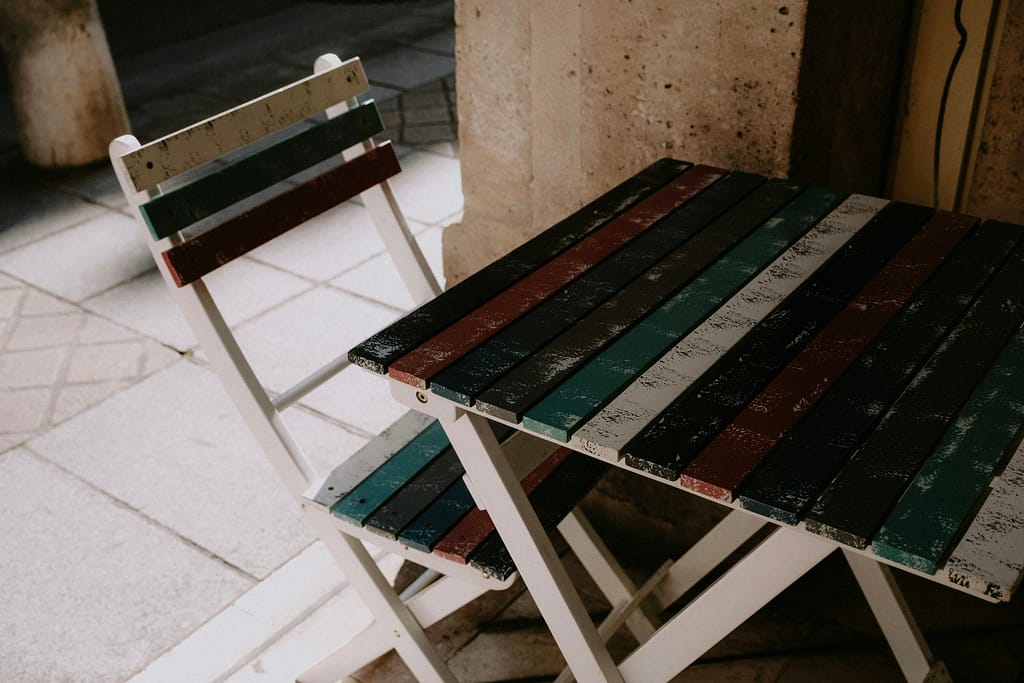
Clothing Transformations: Fashion Forward
Clothing flips require less investment but can still yield impressive returns when done right:
- Basic alterations: Hemming outdated dresses or pants to modern lengths
- Creative dyeing: Tie-dye techniques or solid color refreshes for faded garments
- Embellishments: Adding patches, embroidery, or appliqués to basic pieces
- Upcycling: Converting oversized shirts into trendy crop tops or dresses into skirts
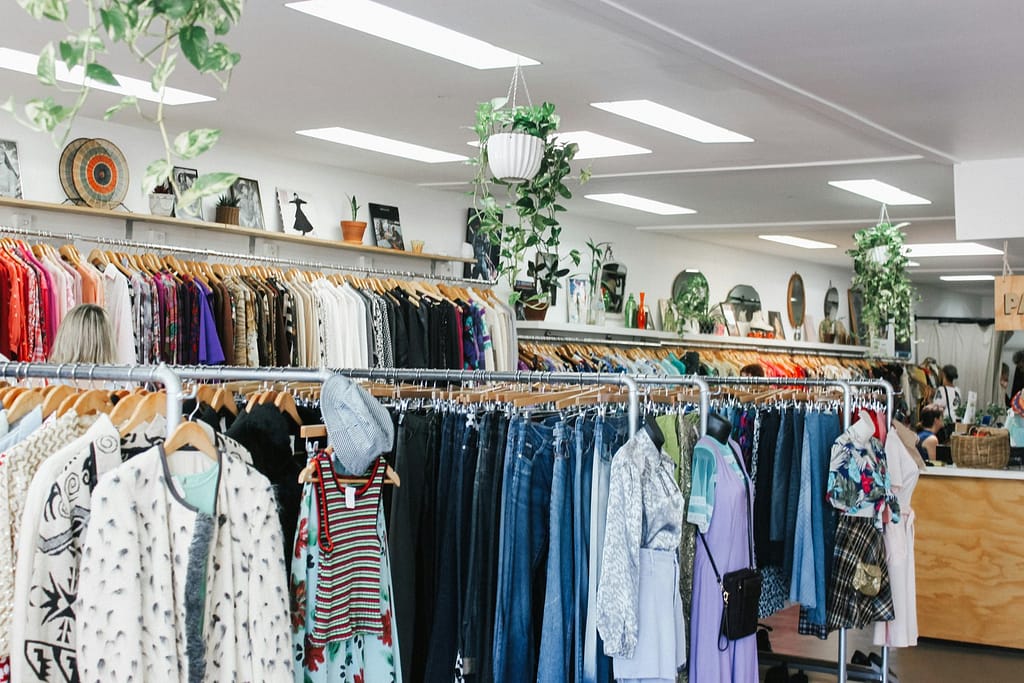
Best Tools for Successful Transformations
Having the right tools makes all the difference in creating professional-quality flips that command higher prices. Here are the essential supplies for furniture and clothing transformations:
| Product Name | Best For | Key Features | Price Range | Affiliate Link |
| Chalk Paint Starter Kit | Beginner Furniture Flips | No sanding needed, multiple colors, easy cleanup | $25 – $40 | Shop Here |
| Orbital Power Sander | Surface Prep | Variable speed, dust bag included, lightweight design | $40 – $70 | Shop Here |
| Wood Filler & Sealant Set | Furniture Repairs | Fill cracks, seal surfaces, long-lasting finish | $15 – $25 | Shop Here |
| Paint Brush & Roller Set | Painting Projects | Multiple sizes, reusable, smooth finish | $10 – $20 | Shop Here |
| Stencil & Decal Pack | Decorative Touches | Trendy designs, reusable stencils, easy application | $10 – $15 | Shop Here |
| Product Name | Best For | Key Features | Price Range | Affiliate Link |
| Beginner Sewing Machine | Clothing Alterations | Compact design, multiple stitch options, easy setup | $100 – $150 | Shop Here |
| Fabric Paint & Dye Set | Custom Clothing Designs | Non-toxic, vibrant colors, fabric-safe | $15 – $25 | Shop Here |
| Iron-On Patch Assortment | Quick Clothing Fixes | Fun designs, easy application, durable | $10 – $20 | Shop Here |
| Fabric Scissors & Cutting Mat | Precise Cutting | Professional scissors, self-healing mat | $20 – $35 | Shop Here |
| Clothing Repair Kit | Small Fixes & Alterations | Needles, threads, buttons, zippers included | $5 – $15 | Shop Here |
Where to Sell Your Flipped Items
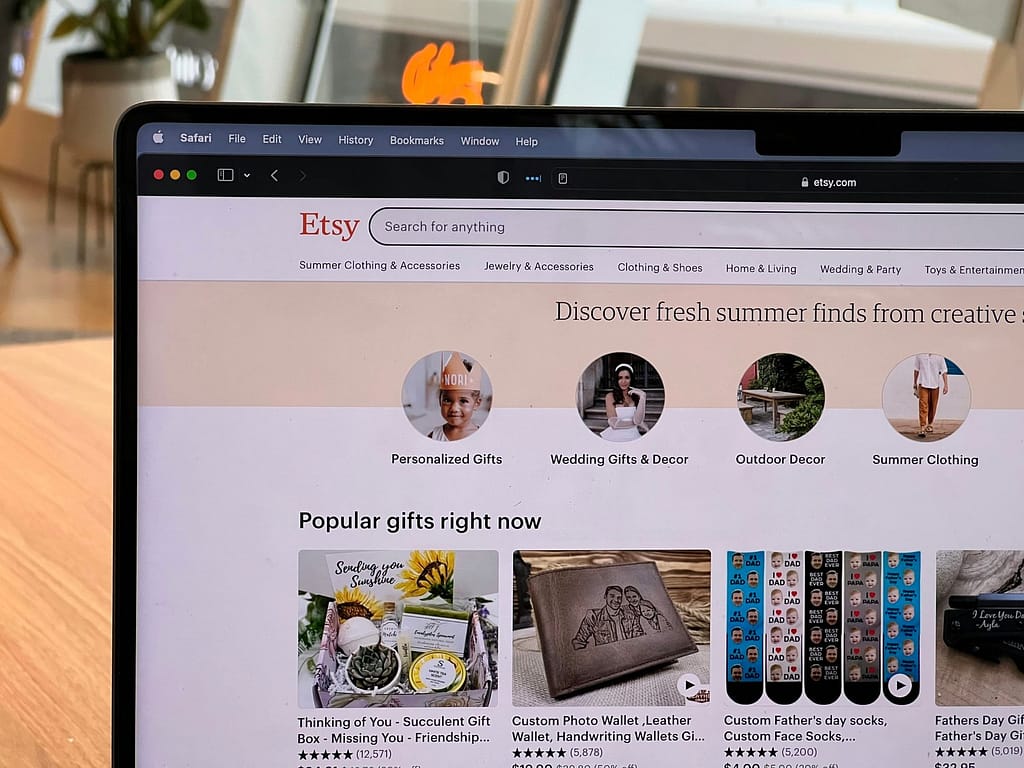
Choosing the right platform to sell your flipped items can significantly impact your profit margins and how quickly your inventory moves. Each marketplace has its own strengths, fees, and audience demographics.
Platform Comparison for Different Items
Furniture & Home Décor
Best platforms: Facebook Marketplace, Craigslist, Nextdoor
Why: Local pickup avoids shipping costs for bulky items. These platforms have active buyers specifically looking for furniture.
Tip: Use Facebook Marketplace’s “Is Available” feature to create urgency.
Clothing & Accessories
Best platforms: Poshmark, Depop, Mercari
Why: Fashion-focused audiences willing to pay premium for unique, upcycled pieces.
Tip: Depop attracts younger buyers interested in vintage and upcycled fashion.
Collectibles & Vintage
Best platforms: Etsy, eBay, Ruby Lane
Why: Collectors actively search these platforms for specific items and are willing to pay for quality.
Tip: Use detailed descriptions with era-specific keywords to attract serious collectors.
Photography Tips That Sell

Quality photos can increase your selling price by 20% or more. Follow these simple guidelines to create professional-looking images:
- Use natural lighting whenever possible (near a window, not in direct sunlight)
- Create a simple backdrop with a white sheet or foam board
- Capture multiple angles, including close-ups of special features or repairs
- For furniture, stage with simple props to show scale and style potential
- For clothing, use a mannequin or flat lay rather than hangers
- Edit photos for brightness and contrast, but keep colors accurate
Pricing Psychology That Works
Strategic pricing can significantly impact how quickly your items sell and how much profit you make:
Psychological Pricing
Use prices ending in 7, 8, or 9 rather than round numbers. For example, price at $47 instead of $50, or $128 instead of $130. Studies show these prices are perceived as better deals.
Value-Based Pricing
Price based on the transformed value, not your costs. If you bought a chair for $10 and spent $15 on supplies, don’t just add a small markup. If similar chairs sell for $150, price accordingly.
Pro Tip: Always include “room to negotiate” in your pricing strategy. If you want to sell something for $100, list it at $120 so buyers feel they’re getting a deal when you accept their offer.
Scaling Your Thrift Flip Side Hustle
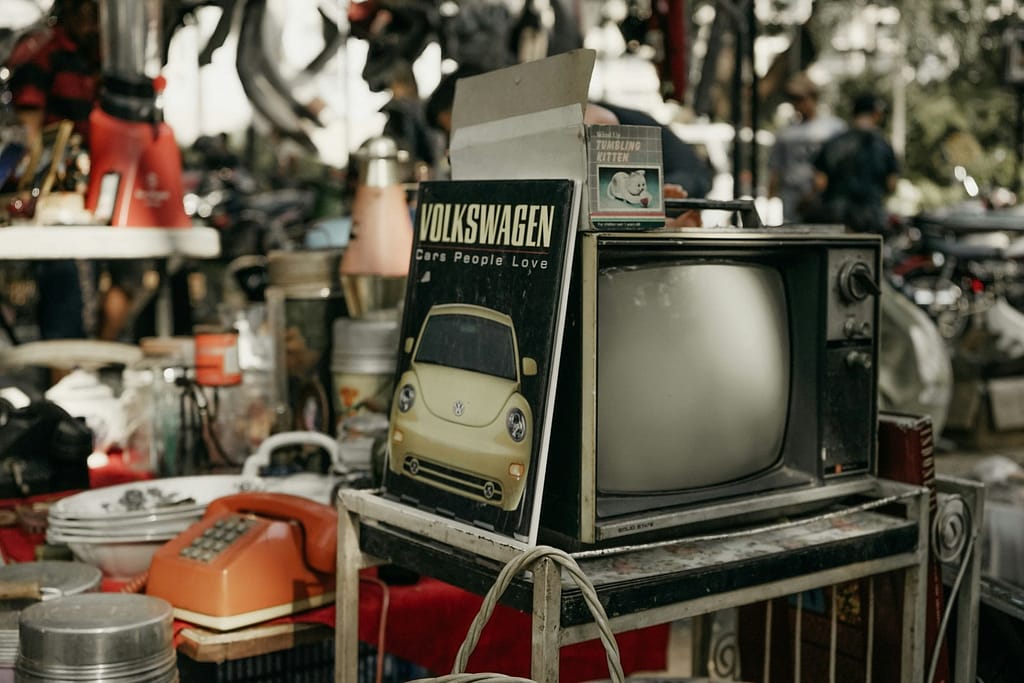
Once you’ve mastered the basics of thrift store flipping, you can implement these strategies to grow from occasional sales to a consistent income stream.
Batch Processing for Efficiency
Working on multiple similar items at once dramatically increases your productivity:
- Source multiple pieces that need similar treatments (e.g., all wooden furniture)
- Prepare all pieces at once (cleaning, sanding, repairs)
- Apply base coats to everything in one session
- Photograph all finished pieces in the same setup
- Create listings in batches using templates
Tracking Profits and Expenses
As your flipping business grows, proper financial tracking becomes essential:
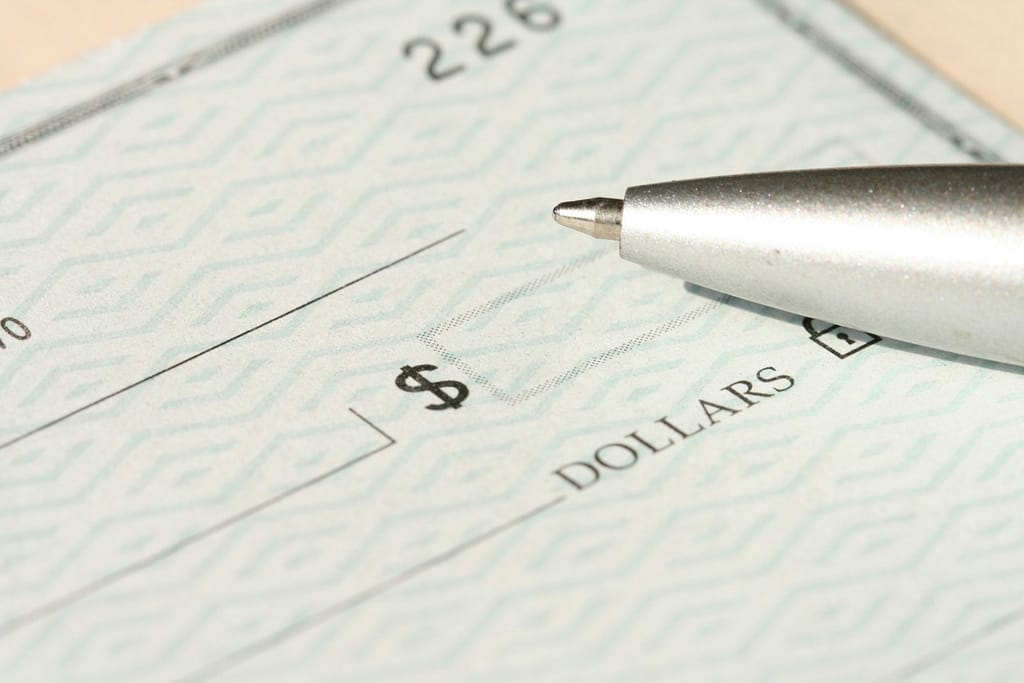
Create a simple tracking system that includes:
- Item description and source
- Purchase price and date
- Transformation supplies cost (itemized)
- Time invested (optional but helpful)
- Selling platform and date sold
- Final selling price
- Fees, shipping, and other expenses
- Net profit and ROI percentage
Building Your Brand on Social Media
Documenting your transformations on platforms like Instagram, TikTok, or Pinterest can create a following that translates to faster sales and higher prices:
Content Ideas
- Before and after reveals
- Time-lapse transformation videos
- Thrift store haul videos
- DIY tutorials for specific techniques
- “How I made $X from this $Y find” stories
Growth Strategies
- Use relevant hashtags (#ThriftFlip, #UpcycledFurniture)
- Post consistently (2-3 times weekly)
- Engage with similar accounts
- Share your listings in your stories
- Create a recognizable style or niche

Avoiding Common Thrift Flipping Mistakes
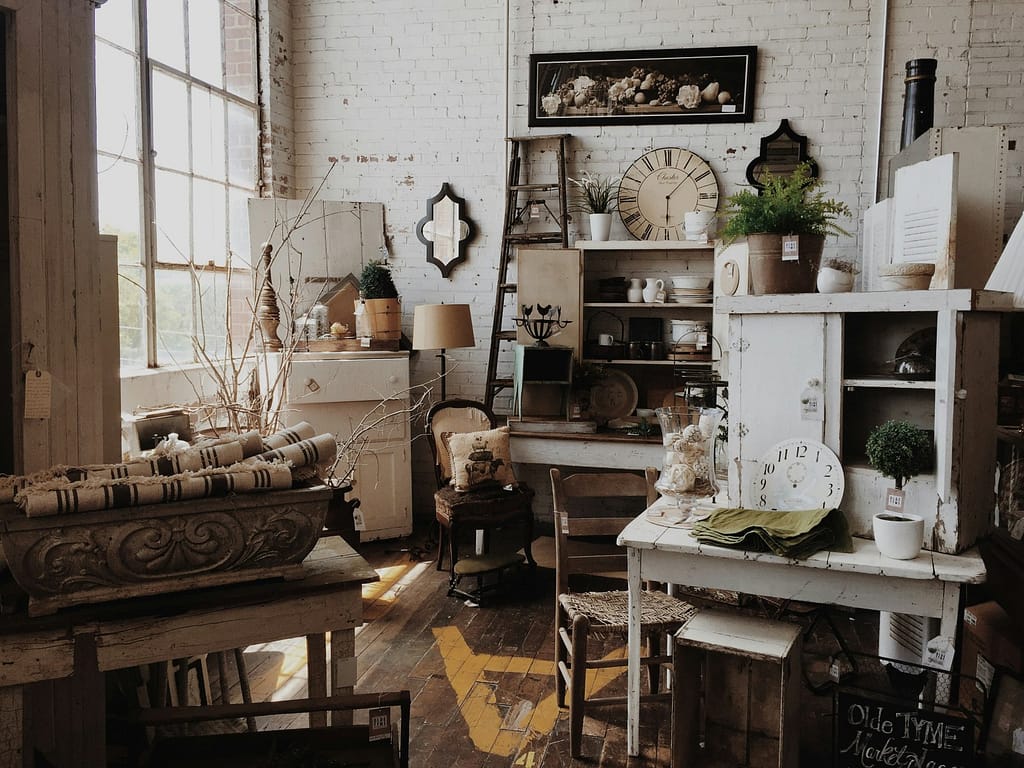
Even experienced flippers occasionally make mistakes that cut into profits. Learn from these common pitfalls to maximize your success rate.
Smart Flipping Practices
- Thoroughly inspecting items before purchase
- Researching current selling prices
- Setting minimum profit thresholds
- Focusing on quality over quantity
- Tracking all expenses, including mileage
- Taking professional photos
- Writing detailed, keyword-rich descriptions
Common Flipping Mistakes
- Buying damaged items beyond repair
- Overlooking missing parts or pieces
- Ignoring seasonal trends
- Overestimating your DIY skills
- Underpricing transformed items
- Poor quality listing photos
- Inadequate item descriptions
When to Pass on a Potential Flip
Not every thrift store find is worth your time and investment. Be cautious of:
- Furniture with structural damage or severe water damage
- Upholstered items with strong odors (smoke, pets) that are difficult to remove
- Electronics that can’t be thoroughly tested in-store
- Items requiring specialized skills or tools you don’t possess
- Pieces that would require more in supplies than their potential resale value
“The most successful flippers know when to walk away from a potential project. Your time has value—sometimes the best flip is the one you didn’t buy.”
Your First Thrift Flip: Getting Started Today
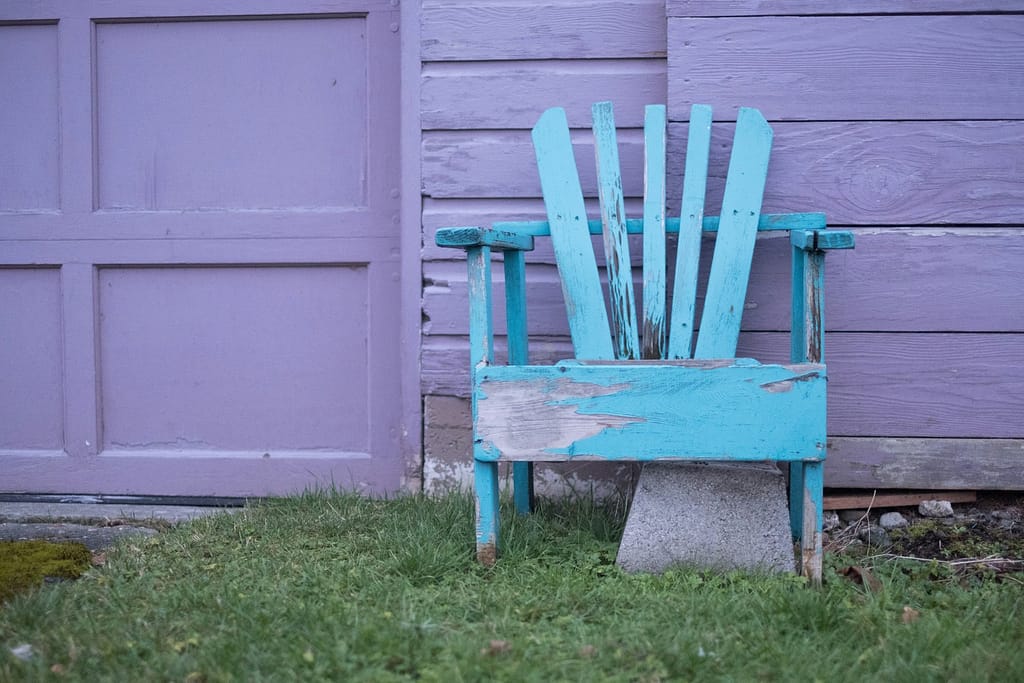
The best way to learn thrift flipping is to start with a simple project. Here’s a beginner-friendly plan to complete your first successful flip this weekend:
Your First Flip Checklist
- Choose a simple project – Small wooden side table, picture frame, or basic t-shirt
- Visit 2-3 thrift stores – Look for clean items with minimal damage
- Research before buying – Check similar items on selling platforms
- Purchase basic supplies – Start with just what you need for this project
- Document the “before” state – Take clear photos from multiple angles
- Transform the item – Follow online tutorials for your specific project
- Photograph the result – Create appealing “after” images
- List on one platform – Start with the marketplace most suitable for your item
- Track your results – Note purchase price, supplies cost, selling price, and time invested
Beginner-Friendly First Projects
Wooden Picture Frame
Why it’s great: Small, inexpensive, quick to transform
Transformation: Clean, paint, distress edges, add new backing
Potential profit: $5 purchase → $20-25 sale
Basic Side Table
Why it’s great: Simple structure, high demand
Transformation: Sand lightly, paint, add new hardware
Potential profit: $10-15 purchase → $45-75 sale
Plain T-Shirt
Why it’s great: Low risk, quick transformation
Transformation: Tie-dye, crop, or add iron-on design
Potential profit: $3-5 purchase → $15-25 sale
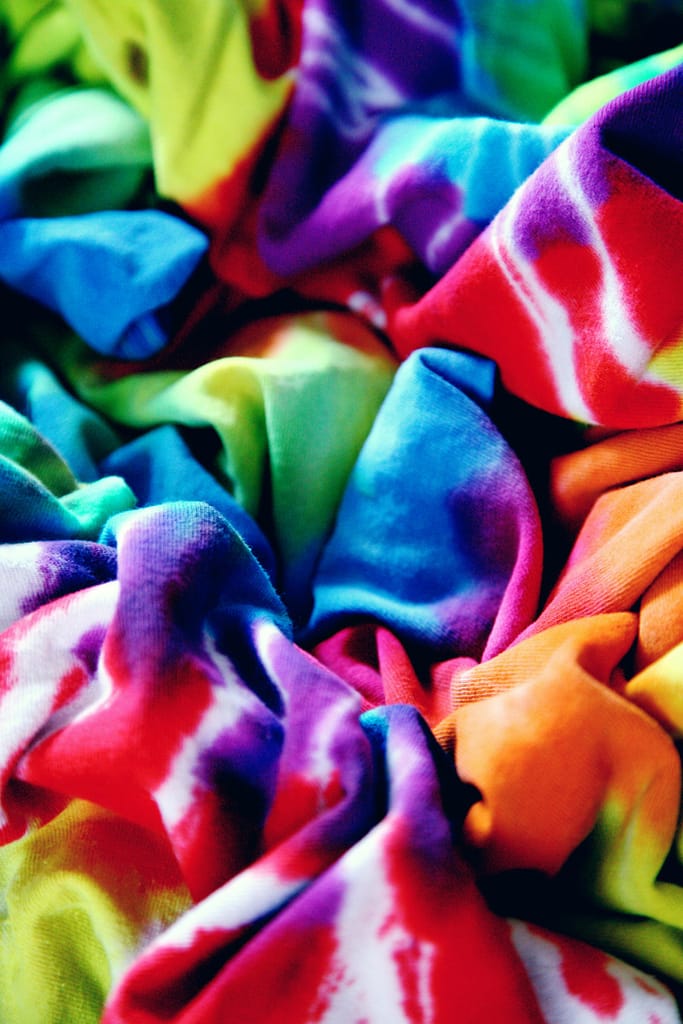
Conclusion: Building Your Thrift Flipping Future
Thrift store flipping offers a unique combination of creative fulfillment and financial opportunity. With minimal startup costs and the satisfaction of giving discarded items new life, it’s an ideal side hustle for anyone with an eye for potential and a willingness to learn.
Remember that successful flipping is a skill developed over time. Each project teaches you something new about sourcing, transforming, or selling. Keep track of what works, learn from mistakes, and continuously refine your process.
Whether you’re looking to earn extra spending money or build a sustainable business, the foundation remains the same: find undervalued items, transform them thoughtfully, and connect them with buyers who appreciate their renewed value.
Your first profitable flip could be waiting at the nearest thrift store. What will you transform today?
This post may contain affiliate links, which means we might earn a small commission (at no extra cost to you) if you decide to make a purchase through one of these links. Thanks for your support!

